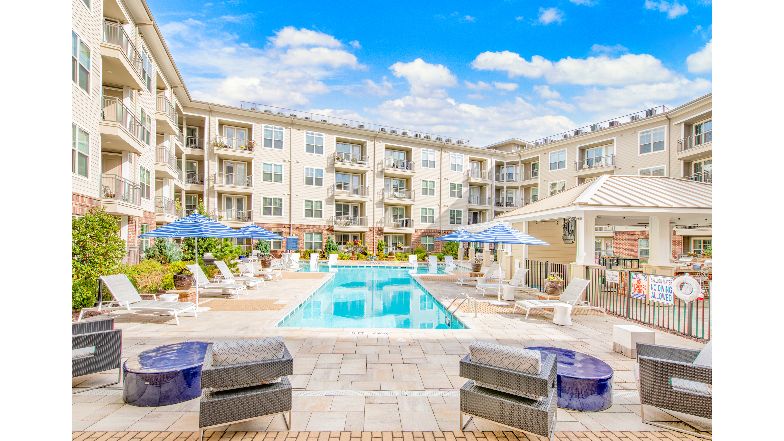Whitman’s Pioneering Plan: Affordable Housing at Bal Harbour Shops
Introduction
Meet our author, a seasoned urban planner with a passion for affordable housing solutions. With years of experience in the field, they bring a unique perspective to the table, especially when it comes to innovative solutions like Whitman’s plan for Bal Harbour Shops. Their expertise in urban planning and commitment to affordable housing make them the perfect guide for this exploration.
Whitman’s Vision: A Paradigm Shift in Urban Housing
Whitman’s plan for affordable housing at Bal Harbour Shops is nothing short of revolutionary. It challenges the traditional norms of urban housing, proposing a model that integrates commercial spaces and affordable residences. This innovative approach could potentially transform the way we perceive urban living. In this section, we’ll delve into the specifics of Whitman’s vision, exploring how it disrupts conventional notions of urban housing and paves the way for a more inclusive and sustainable future.
Bal Harbour Shops: A Case Study in Affordable Housing
Bal Harbour Shops, a high-end open-air shopping mall in Bal Harbour, a suburb of Miami, Florida, is the focus of Whitman’s plan. The proposal involves the development of affordable housing units within the commercial complex, a concept that is both novel and promising. We’ll take a closer look at the Bal Harbour Shops project, examining how it embodies Whitman’s vision and what it means for the future of urban housing.

The Intersection of Commerce and Community
Whitman’s plan beautifully illustrates the intersection of commerce and community. It envisions a space where people can live, work, and shop, all within the same vicinity. This not only reduces commuting time but also fosters a sense of community among the residents. In this section, we’ll explore this concept in more detail, discussing how it enhances the quality of life for residents and contributes to a more vibrant and dynamic urban environment.
Visual Table: Key Features of Whitman’s Plan
| Feature | Description |
|---|---|
| Integration of Spaces | Commercial and residential spaces coexist |
| Affordability | Housing units are priced reasonably |
| Community Building | Fosters a sense of community among residents |
| Reduced Commute | Residents can work and shop in the same vicinity |
Implications for Urban Studies
For students of urban studies, Whitman’s plan serves as a case study in innovative urban planning. It offers valuable insights into how commercial spaces can be effectively utilized for residential purposes, thereby addressing the issue of housing shortage in urban areas. In this section, we’ll delve deeper into these implications, discussing how Whitman’s plan can inform future research and practice in the field of urban studies.
A Call to Action for Housing Rights Activists
Housing rights activists can leverage these insights to advocate for similar projects in other urban areas. Whitman’s plan serves as a blueprint for how commercial spaces can be repurposed to address the pressing issue of affordable housing. In this section, we’ll discuss how activists can use this information to push for more inclusive and sustainable urban development.
Conclusion
Whitman’s plan for affordable housing at Bal Harbour Shops is a pioneering effort in the field of urban planning. It not only addresses the issue of affordable housing but also presents a sustainable model for urban living. As we move forward, such innovative solutions will play a crucial role in shaping the future of our cities. In this concluding section, we’ll reflect on the potential of such plans and consider the possibilities they open up for the future.










